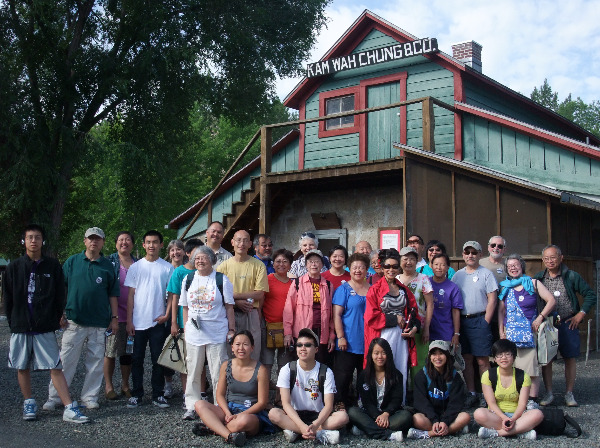
The weather is heating up here in John Day, Ore. on Day 3 of the Chinese Heritage Tour of the American West.
But stories about Chinese American history - in the form of herbal medicine bottles, steamship line calendars and an altar among other items - are filtering through the air – at least for one group. Tour participants from the Wing Luke Museum and USDA Forest Service trip visited the green-and-red Kam Wah Chung & Co. building.
They peered at what was around them. They snapped digital photographs. They listened as the docent gave an overview and details about the life of two Chinese pioneers in the American West.
The two-story structure once housed an active herbal medicine shop and store run by Chinese immigrants Ing “Doc” Hay and Lung On. Their primary customers were the Chinese miners who arrived here in the 1860s in search of gold.
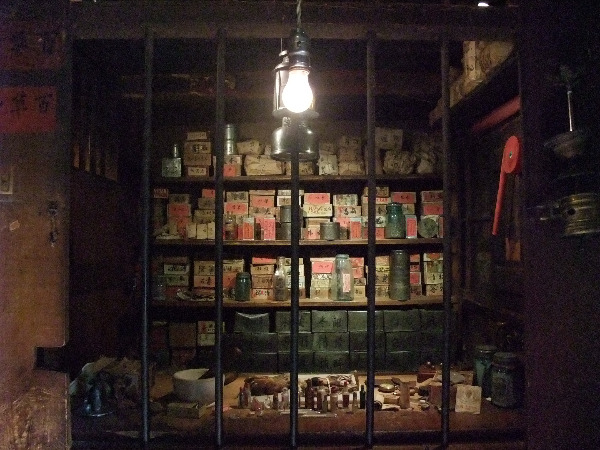
The two men did so much inside the modest building. There was a general store, a doctor’s office, a real estate office, a money exchange, a library, letter-writing service and eventually a car dealership.
The gold rush in this part of Eastern Oregon began in 1862, said Judith Bracken, a ranger with Oregon State Parks. Three years later, the building with the Kam Wah Chung & Co. sign was finished. The second floor was added in the 1890s.
In 1882, there were about 1,000 Chinese immigrants in John Day. At the time, this town and neighboring Canyon City had about 2,000 people from China, Bracken explained.
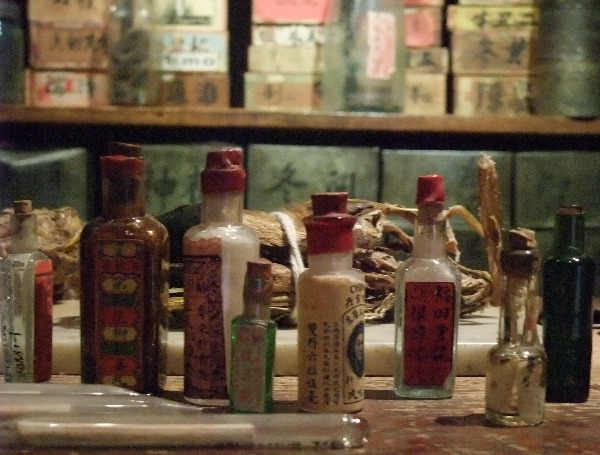
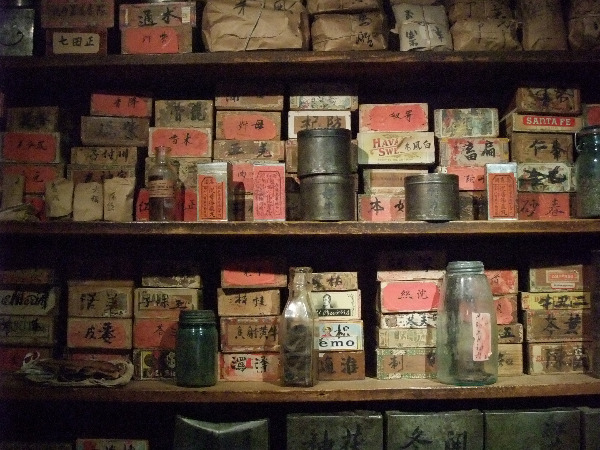
Inside the dimly-lit building with wooden floors and walls, tour participants studied the area where Hay would prepare herbs for ill people.
In total, Hay had more than 500 Chinese herbs shipped from southern China and transported to this inland part of Oregon.
Small medicine bottles with Chinese labels sat on a counter. Behind them were boxes and cans with Chinese writing on them.
Eventually, though, many of the Chinese lost their jobs after the gold mines had closed. The Chinese also found work building the railroads in the American West. But around the same time the gold mines were shut down, Bracken said, the railroads had been built.
“They had to go to bigger cities to find jobs. The ones who were left behind were the older ones. They were the ones who could not read or write,” Bracken said.

The Kam Wah Chung & Co. also served as an important gathering place for Chinese immigrants. Miners would drop by to get drinks and smoke cigars, Bracken explained.
They often pulled up tables to play card games or dice, she said, adding that money sometimes was won and lost.
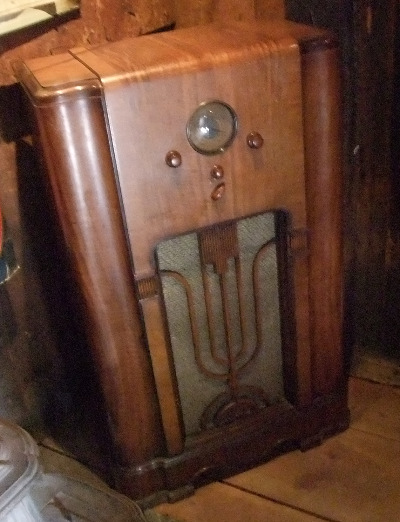
Sitting in a corner was all-wave wooden radio from Sears & Roebuck from the mid-1930s, Bracken said. As she recalled, it cost $199 at the time.
“They could dial in China and Japan,” she said. “They could get reports from China and Japan and put it together….They were worried about their families.”
After touring the building, Seattle resident Bettie Luke wondered if there was a way to honor Hay, On and the other Chinese immigrants who were pioneers in this part of the American West.
Comments
Leave a comment Trackback